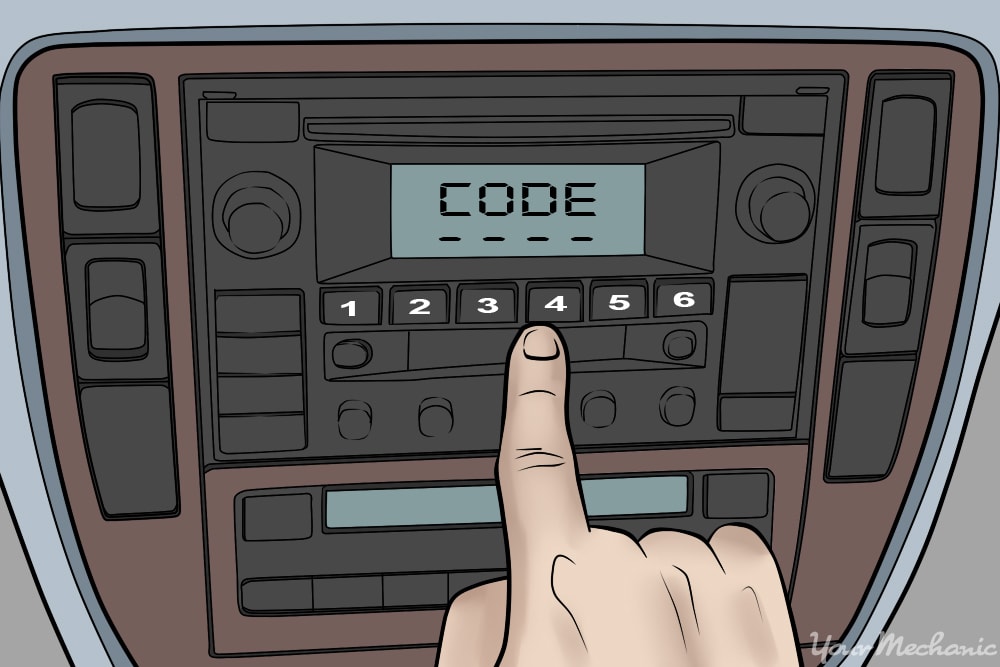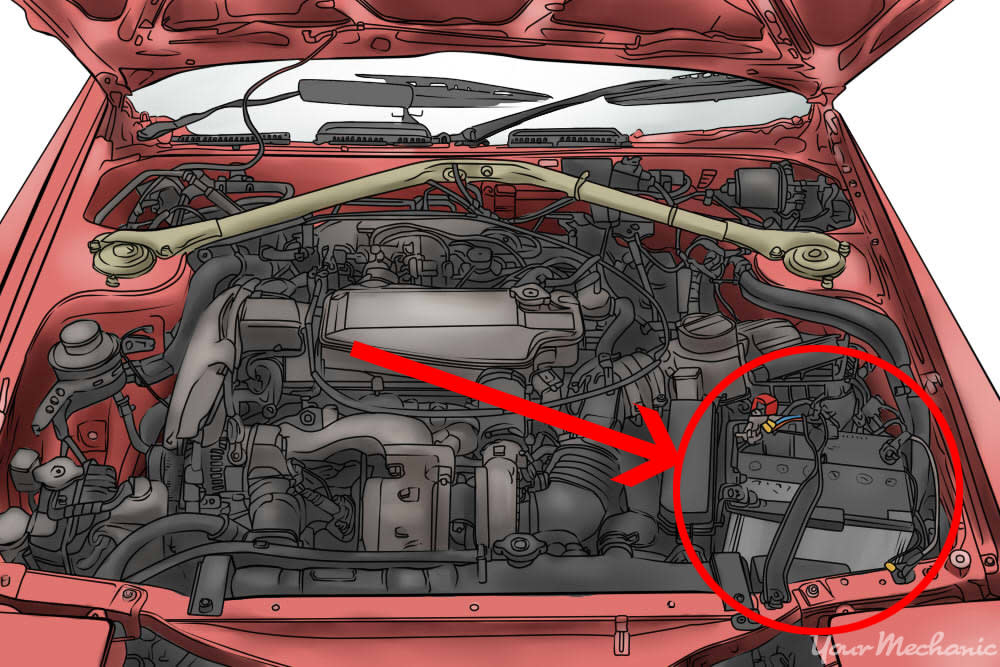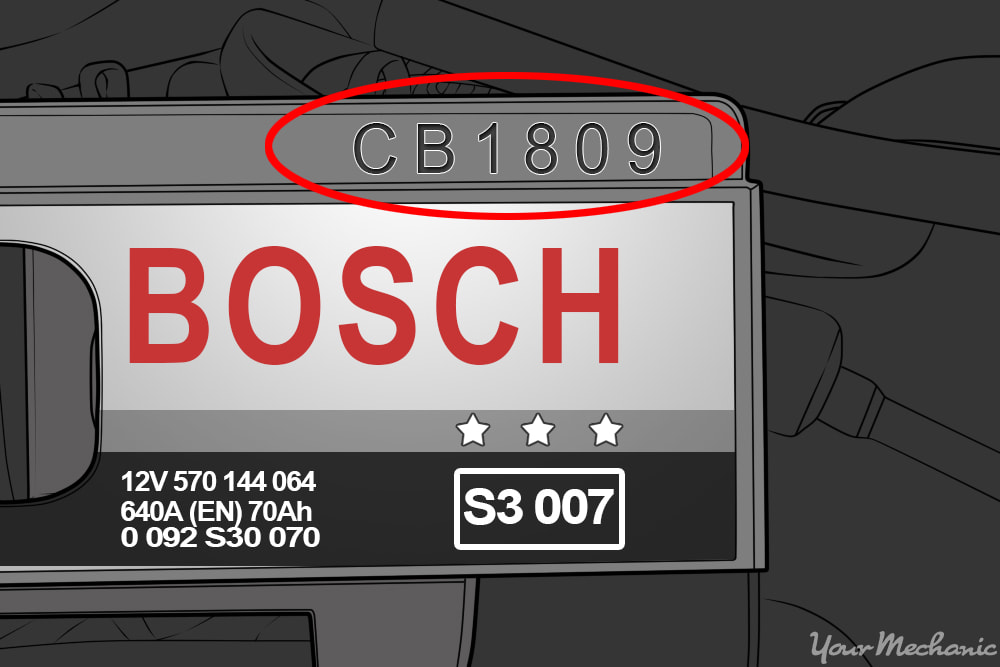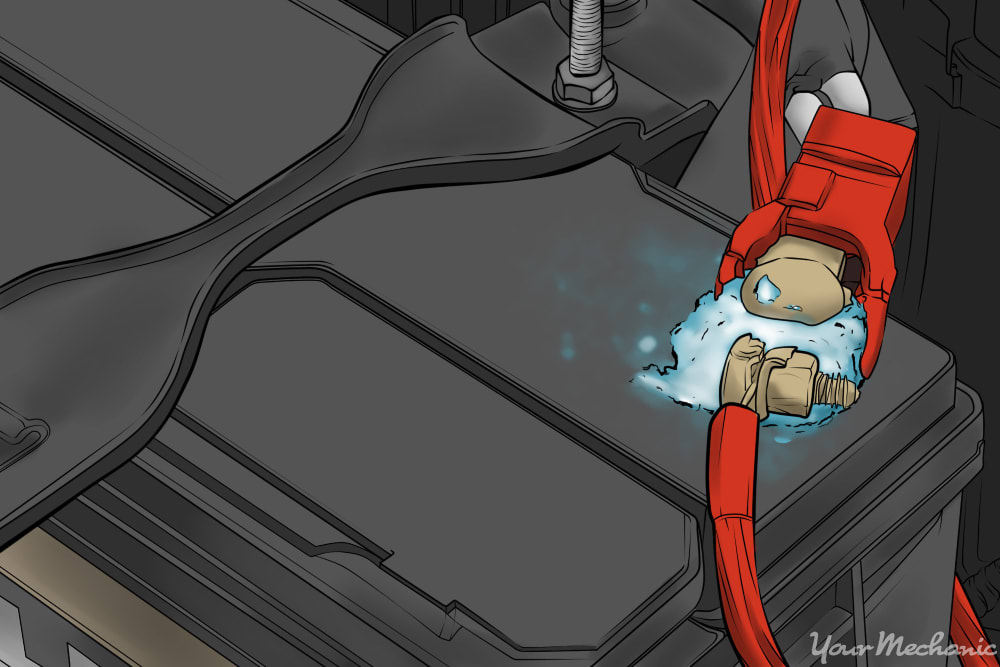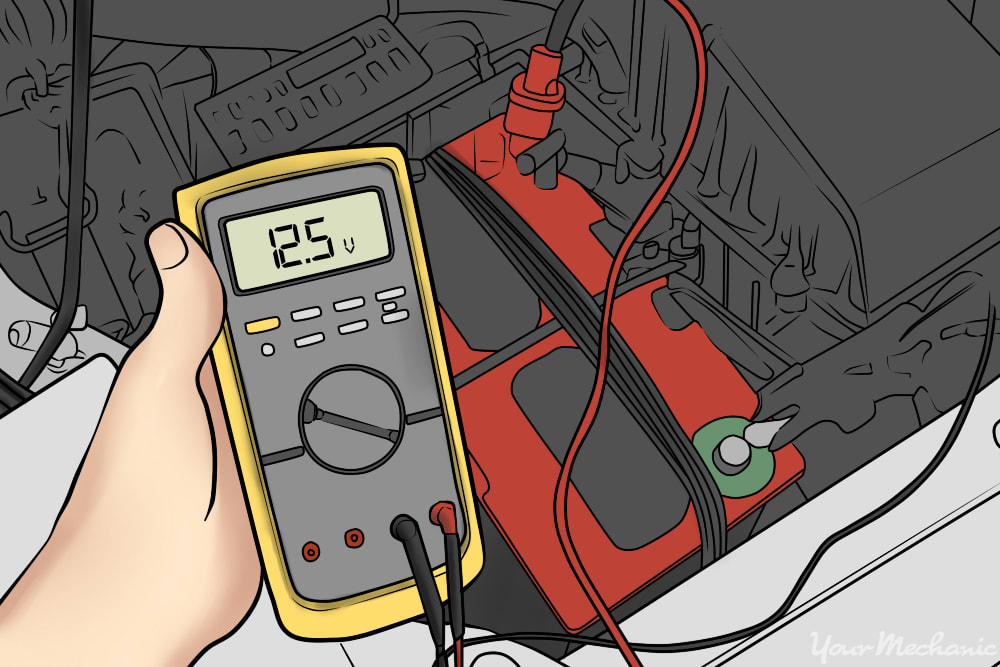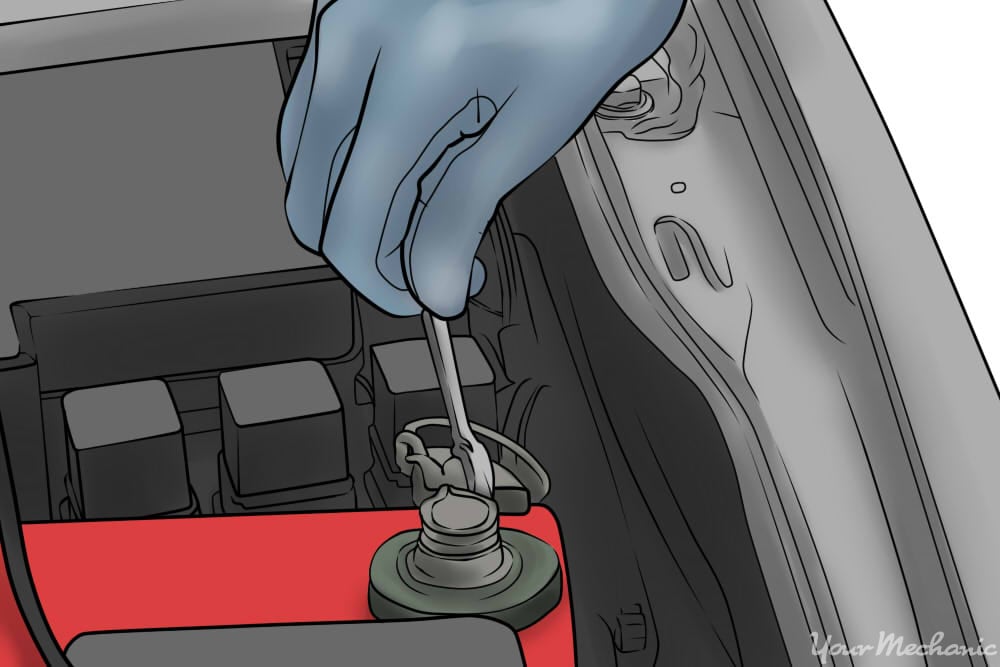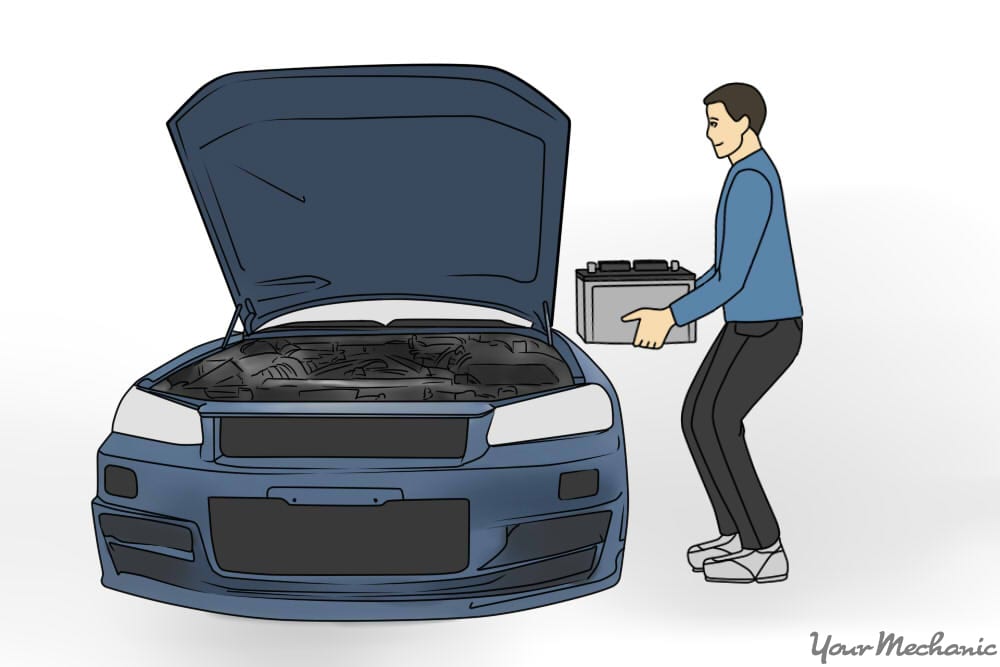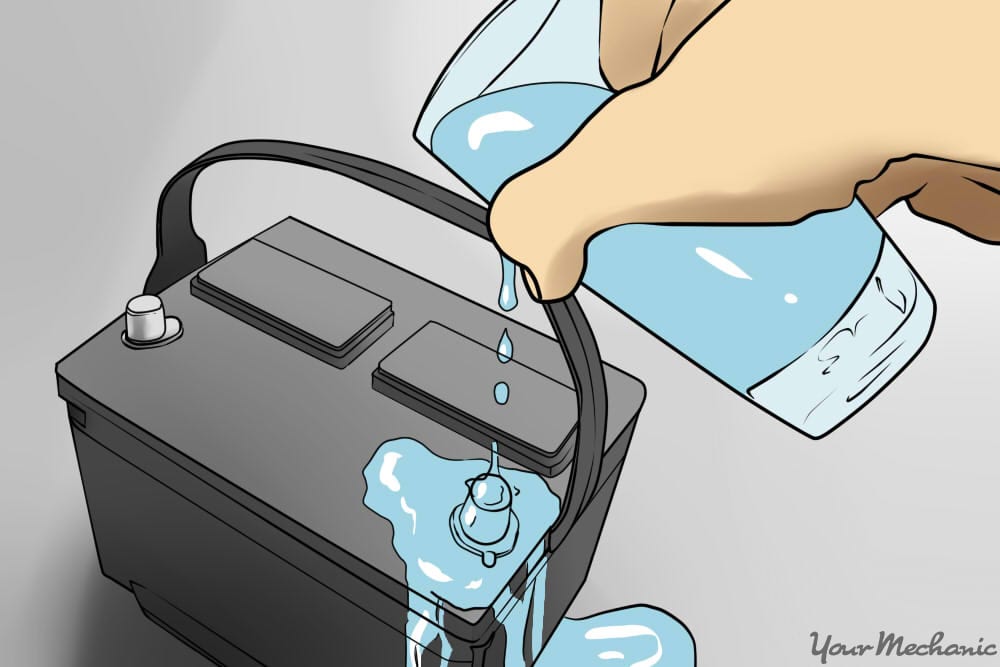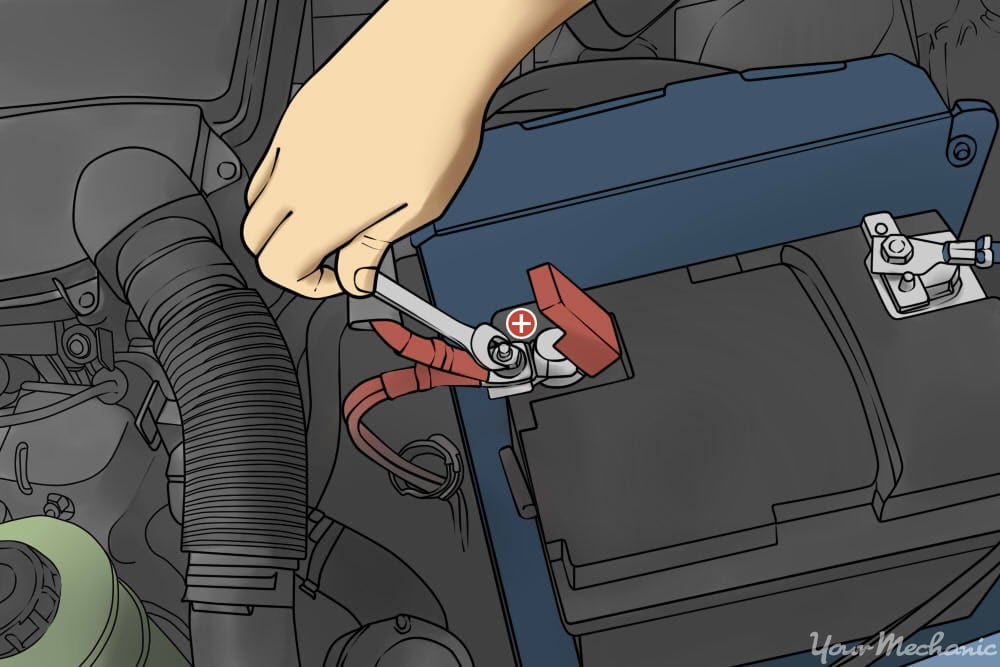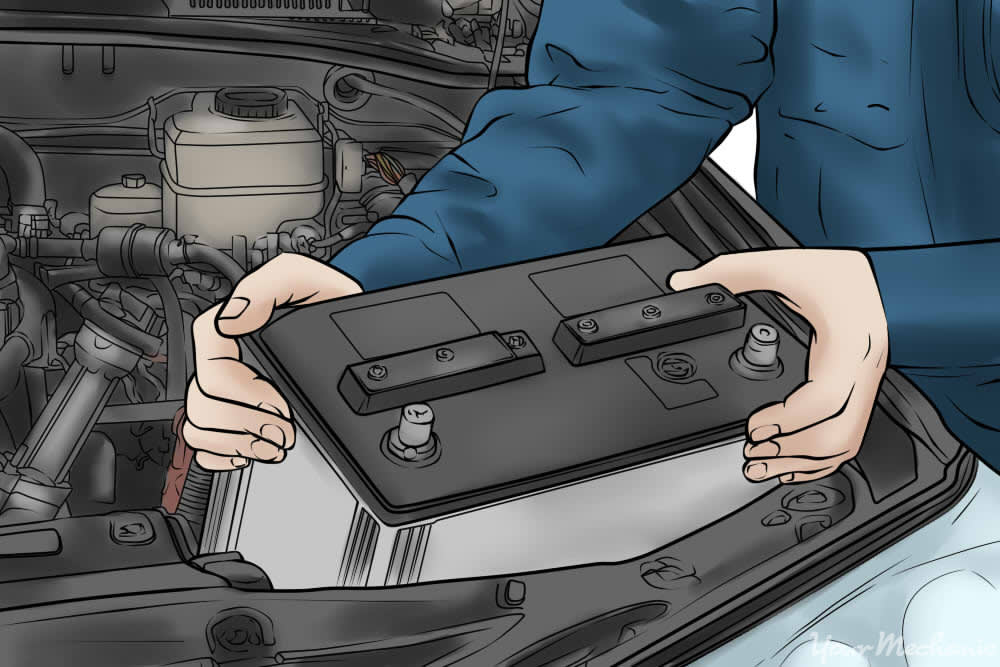

Changing your car battery is a simple and easy automotive repair that you can actually accomplish yourself with the right preparation and a little physical strength.
While most people realize that they need a battery when their car refuses to start, it is very important to be aware of the state of your battery before this happens so you can replace it before you are stranded on the side of the road. Here are instructions that explain how to check for a bad battery. To change your car battery follow these instructions:
How to change a car battery
Gather the correct materials - Before you get started, you will need the following materials: Gloves, Ratchet with extension (¼ inch), Safety glasses, Sockets (8mm, 10mm, and 13mm), and Water (almost boiling).
Make sure the car is in a safe place - Make sure you have your car parked on a flat surface, away from traffic, away from smoking or any other situation that may cause an electrical current to spark and cause a fire. Then, be sure to take off any metal accessories such as rings or earrings.
-
Put the parking brake on and turn off the car - This is one of the most important steps. Be sure that the car is completely off.
-
Check to if radio and navigation codes apply - Prior to removing or disconnecting your battery, see if your car requires any radio or navigation codes to be imputed once the new battery is installed. These codes can be found in your owner’s manual, or obtained from your car’s dealership.
If your vehicle does need these codes, and you don’t have a memory saver to install in the cigarette lighter, then write down the codes. This will ensure your radio and navigation work as they did before the battery was removed.
Locate the battery - Open the hood and secure with hood prop or struts. The battery should be should be in plain sight and there may be a cover to remove, depending on vehicle.
-
Check the age of your battery - Checking the age of the battery can give you an idea if it is time to replace it. Most batteries need to be changed out every 3-5 years. Therefore if your battery age falls in that age bracket it may be time for a new battery.
Tip: If you do not know the age of your battery, many batteries actually come with date codes to identify the year and month the battery was shipped, giving you a great estimate of the age and condition.
-
Check the car headlights - Consistently having to jumpstart your car is another sign you may need a new battery. Another symptom is dim vehicle lights. To test this, try turning the key to the on position and looking over your dashboard.
-
Check the battery for corrosion - Visually inspecting the battery can give you an idea of the state it is in. You can look for corrosion on battery terminals or sulfate build up, a white powder, which would be indicative of a bad connection. Occasionally cleaning the battery terminals can solve the problem of low connection.
Warning: Please always do so with gloves on to protect your hands from the sulfate powder.
-
Check the battery with voltmeter - Some people have access to a device known as a volt meter. If you want to use this to test your battery, make sure the car and lights are off and put the positive meter on the positive terminal and the negative meter on the negative battery terminal.
Check for a reading of 12.5 volts. If it reads below 11.8, it is a discharged battery.
-
Wear protection from sulfate - Make sure you have put on your safety glasses and gloves, this will help keep you away from the sulfate buildup, if there is any. Using the correct size socket with extension and ratchet, remove the bracket that secures the battery to the vehicle, known as a Battery Hold Down.
You can then use a correct size socket and ratchet to first loosen the negative battery terminal. Use your gloved hand to twist off and remove the terminal after it is loosened as you pull off battery post, set aside, then do the same for positive.
Tip: If necessary, before removing the battery cables, label each side so you do not mix up positive and negative. Mixing these up can cause a short circuit and possibly damage the entire electrical system.
-
Securely remove the battery from the car - Removing the battery is a physical activity and is the most difficult part of the change. Carefully and securely lift and remove the battery from car. Be sure to use proper posture, as even though the battery is small, it is heavy and usually weighs around 40 pounds.
Tip: Now that your battery is removed, you can take it to your local auto store for proper testing. You can dispose the old battery and obtain a new battery that is the correct one for your car.
-
Clean the battery terminals - With the battery out, it is then important to clean off the battery terminals. To do so, use almost boiling water in a cup and pour it directly onto each terminal. This removes any corrosion and any sulfate powder that may not have been removed earlier.
Install the new battery - Now it is time to install your new battery. Using proper posture, carefully place the battery into the holder. Using the correct sized socket and ratchet, re-install the Battery Hold Down to ensure the battery is secured to vehicle.
Secure positive - Take the positive terminal and place it on the battery post, making sure it is secured all the way toward the bottom of the post. This will help avoid future corrosion.
-
Secure negative - Once you have snugged down the battery terminal onto post with ratchet, you can repeat with the negative terminal.
Tip: Again replace these in order to avoid electrical problems. Replace any battery covers if applicable and close the hood.
Turn your key to on but do not start - Get into your vehicle, shut the door, turn key to on position but do not start yet. Wait 60 seconds. Some vehicles have electronic throttle bodies and this 60 seconds will give the vehicle times to re-learn the correct positioning and re-start without any problems.
Start the vehicle - After 60 seconds you can start the car. If the car starts up with no problem and you notice all the lights turn on, you have successfully changed your battery!
Now you can input any radio or GPS codes, or if you are using memory saver, now is the time to remove it.
Some batteries are not located in the hood
Instead of the hood, some vehicles have their batteries install in the trunk. This is the case with most BMWs. To locate this battery, open your trunk and locate the battery compartment near right side of trunk. Open and lift to reveal the battery. You may now follow steps three through eight above to remove and change the battery.
Rather than under the hood or in the trunk, some vehicles come equipped with their battery under the back seat. An example is Cadillacs. To locate this battery, look for and push in the side clips of the vehicle’s back seat, which will release entire back seat for removal. You can then remove the entire back seat from the car and once removed, the battery will be in sight and you can begin the replacement. You may now follow steps three through eight above to remove and change the battery.
You have successfully changed you own battery! It is important to remember that your old battery needs to be recycled properly. In some states, like California, a core fee is charged when you purchase a new battery if your old one was not returned at the time. You will receive this core fee back once the old battery is returned and properly recycled.
If you do not have time or wish to have a professional change your battery for you, feel free to contact YourMechanic to have a certified mobile mechanic replace your battery for you.


